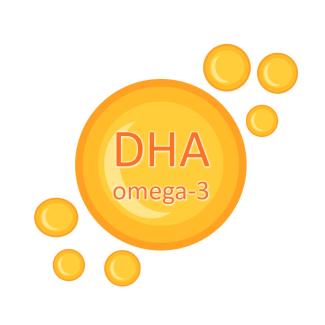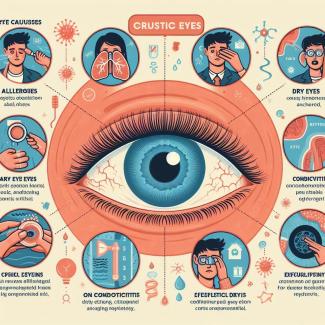
There are no specific exercises that can directly correct vision problems or "bad eyes" like nearsightedness, farsightedness, or astigmatism. Vision issues are typically caused by the shape of the eye and the way it focuses light on the retina. Exercises alone cannot change these physical aspects of the eye.
However, there are eye exercises and practices that can help improve the focus, coordination, and overall health of your eyes, potentially reducing eye strain and fatigue. These exercises may be beneficial, especially if your vision issues are related to eye strain or problems like presbyopia (difficulty focusing on close objects as you age).
- Palming: Rub your hands together to generate heat and gently cup your palms over your closed eyes without putting pressure on them. Close your eyes and relax for a few minutes. Palming can help reduce eye strain.
- Blinking: Intentionally blink your eyes for a few moments to help moisten the eye surface. This is particularly helpful if you spend a lot of time staring at screens.
- Focus Shifting: Focus on an object at a distance, and then shift your focus to an object up close. Repeat this several times. This can help improve eye coordination and flexibility.
- Near-Far Focus: Hold your thumb about 10 inches away from your face and focus on it. Then switch your focus to an object in the distance. Alternate your focus between your thumb and the distant object. This exercise can be helpful for people with presbyopia.
- Eye Rolling: Gently roll your eyes in a circular motion in one direction and then the other. This can help relax the eye muscles.
- Figure 8s: Imagine an infinity symbol (a horizontal 8) and trace it with your eyes. This can help improve eye movement.
While these exercises may offer some relief from eye strain and fatigue, it's important to remember that they are not a substitute for professional eye care. If you have significant vision problems, it's crucial to see an eye specialist, such as an optometrist or ophthalmologist, for a comprehensive eye exam. They can diagnose the specific issues you're facing and recommend appropriate treatments, which may include corrective lenses, surgery, or other medical interventions.
Palming exercise for the eyes
Palming is a simple and effective eye relaxation exercise that can help reduce eye strain and promote relaxation. It's especially beneficial if you spend long hours in front of a computer screen or engaged in other activities that require intense focus. Here's how to do the palming exercise:
- Find a Quiet Place: Sit in a comfortable and quiet place where you won't be disturbed. Make sure you have good lighting but not overly bright.
- Warm Your Hands: Rub your hands together vigorously for about 15-20 seconds. This generates some heat and energy in your hands, which will be transferred to your eyes.
- Close Your Eyes: Close your eyes gently, and take a few deep breaths to relax.
- Cup Your Palms: Place your cupped hands over your closed eyes without pressing on them. Your hands should form a comfortable, hollow cup, with your fingers overlapping on your forehead and the heels of your hands resting on your cheekbones.
- Breathe and Relax: While keeping your eyes covered, take a few more deep breaths. Try to relax your mind and let go of any tension in your face, eyes, and body.
- Visualize Darkness: Imagine that you are surrounded by complete darkness, as if you are in a pitch-black room. Visualize this darkness for about 30 seconds to 1 minute.
- Remove Your Hands: After a minute or so, slowly remove your hands from your eyes.
- Blink and Stretch: Gently open your eyes and blink a few times. Take a moment to focus on an object in the distance to readjust your vision.
You can repeat the palming exercise as needed, especially if you're experiencing eye strain or fatigue. It's a great way to give your eyes a quick break and relax the muscles around them. Additionally, make sure to follow the 20-20-20 rule when working on a computer: every 20 minutes, take a 20-second break, and look at something at least 20 feet away to reduce eye strain.






